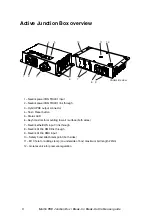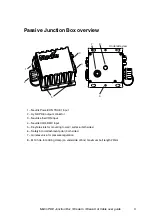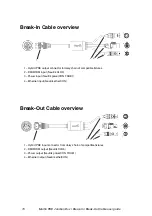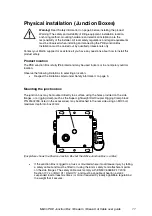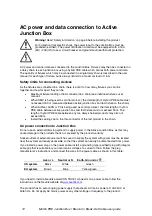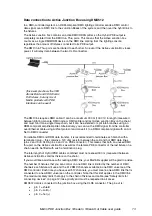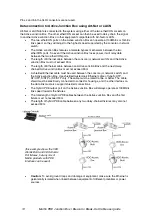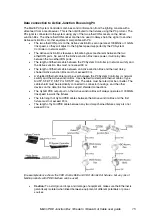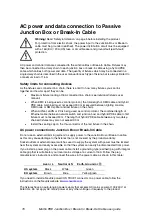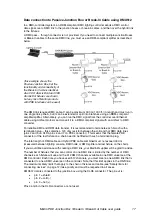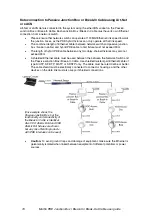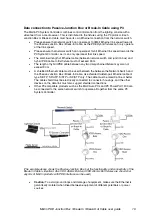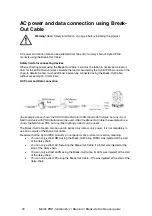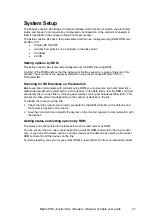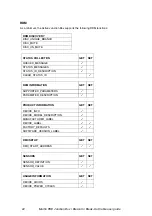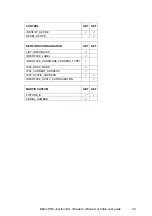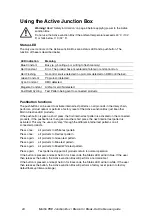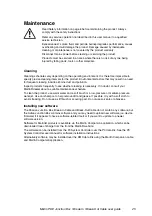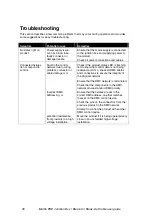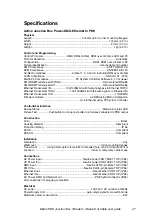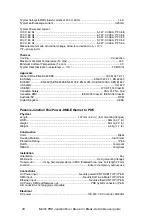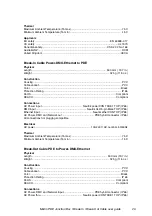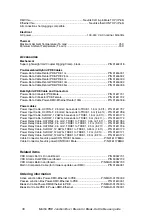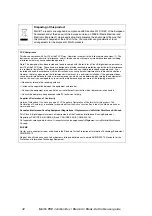
Martin PDE Junction Box / Break-In / Break-Out Cable user guide
21
System Setup
The Passive Junction Box, Break-In Cable and Break-Out Cable do not contain any electronics
inside, and hence do not require any configuration. Configuration of the products connected to
them is described in the corresponding product user manual.
The Active Junction Box has a few parameters which can be configured using RDM, RDM over
Art-Net or P3:
x
Status LED ON/OFF
x
Activate Test patterns on all products in the daisy-chain
x
Add label
x
Add ID
Setting options by RDM
The Active Junction Box is remotely configured over the DMX line using RDM.
A full list of the RDM functions that the Active Junction Box supports is given at the end of this
chapter. These functions are generally referred to using the more specific term ‘PIDs’ or
‘Parameter IDs’.
Scanning for RDM devices on the data link
Before you can communicate with products using RDM, you must send a scan command (also
called a device discovery command) to all the devices on the data link so that the RDM controller
can identify them. It does this by retrieving each device’s factory-set unique identifier (UID). This
process can take some time depending on the number of devices on the link.
To identify the products on the link:
1. Check that the products are correctly connected to the RDM controller on the data link and
that power is applied to all products.
2. Give the controller time to identify the devices on the link and prepare for communication with
the devices.
Getting status and setting options by RDM
The status and options listed in the table below can be read and set by RDM.
You can set an option on one product by sending a unicast RDM command to that one product
only, or you can set the same option on all the products on the data link by sending a broadcast
RDM command to all the devices on the link.
For status reading, you can only use unicast RDM to read information from an individual product.


